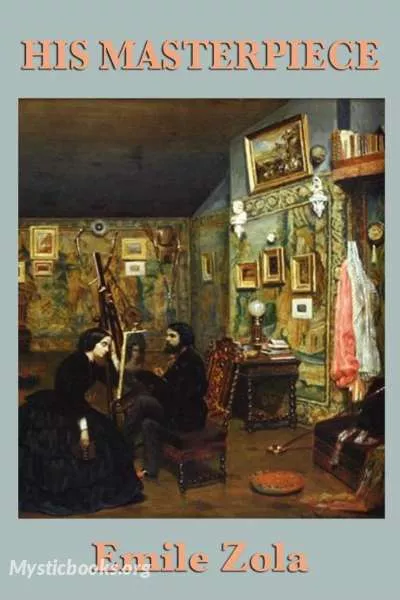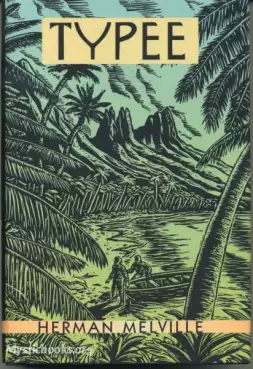
His Masterpiece
by Emile Zola
'His Masterpiece' Summary
Painter Claude Lantier advocates painting real subjects in real places, most notably outdoors. This is in stark contrast to the artistic establishment, where artists painted in the studio and concentrated on mythological, historical and religious subjects. His art making is revolutionary and he has a small circle of like-minded friends equally intent on shaking up the art world and challenging the establishment. His best friends are his childhood comrades Pierre Sandoz, novelist and Louis Dubuche, an architect. Like Zola, Sandoz contemplates a series of novels about a family based in science and incorporating modern people and everyday lives. Dubuche is not half as bold as Claude and, he chooses a more conventional course, opting for the security of a middle-class life and a bourgeois marriage. Sandoz also pursues marriage – not for love but stability and to better understand what he is writing about. The outcry in the artistic community over the sidelining of new artists in favor of popular, established, traditional artists at the annual Salon of the Académie des Beaux-Arts leads to the creation of a Salon des Refusés for the rejected artists to display their work. No painting gathers more interest or generates more criticism than Claude's. Entitled Plein Air (Open Air), it depicts a nude female figure in the front center and two female nudes in the background, with a fully dressed man, back to the viewer in the foreground. (Zola deliberately invokes Le déjeuner sur l'herbe by Édouard Manet, which provoked outcries at the actual Salon des Refusés in 1863.)
Claude moves to the country to soak up more of the 'Open Air' atmosphere he revelled in as a child and to create more masterpieces. Accompanying him is Christine Hallegrain, who served as the model for Claude's nude and they have a son. Claude is unable to paint much and grows more and more depressed. For the sake of his health, Christine convinces him to return to Paris. Claude has three paintings in three years rejected by the Salon before a spectacular view of the Île de la Cité captures his imagination. He becomes obsessed with this vision and constructs a massive canvas on which to paint his masterpiece. He is unable to project his ideas successfully or combine them into a meaningful whole. He begins adding incongruous elements (like a female nude bather), reworks and repaints until the whole enterprise collapses into disaster, then starts over. His inability to create his masterpiece deepens his depression. The slow breakup of his circle of friends contributes to his decaying mental state, as does the success of one of his confreres, a lesser talent who has co-opted the 'Open Air' school and made it a critical and financial triumph.
Christine, whom he has at last married, watches as the painting – and especially the nude – begins to destroy his soul. When their son dies, Claude is inspired to paint a picture of the dead body that is accepted by the Salon (after considerable politicking). The painting is ridiculed for its subject and its execution and Claude again turns to his huge landscape. Christine watches as he spirals further into obsession and madness. A last-ditch effort to free him from Art in general and from his wished-for masterpiece in particular has an effect but in the end Claude hangs himself from his scaffolding. The only ones of his old friends who attend his funeral are Sandoz and Bongrand, an elder statesman of the artistic community who recognized and helped nurture Claude's genius.
Book Details
Language
EnglishOriginal Language
FrenchPublished In
1886Authors

Emile Zola
France
Émile Édouard Charles Antoine Zola was a French novelist, journalist, playwright, the best-known practitioner of the literary school of naturalism, and an important contributor to the de...
Books by Emile ZolaDownload eBooks
Listen/Download Audiobook
- Select Speed
Related books

Typee by Herman Melville
Typee: A Peep at Polynesian Life is the first book by American writer Herman Melville, published in early part of 1846, when Melville was 26 years old...

The Autobiography of an Ex-Colored Man by James Weldon Johnson
The Autobiography of an Ex-Colored Man by James Weldon Johnson is the fictional account of a young biracial man, referred to only as the "Ex-Colored M...
Reviews for His Masterpiece
No reviews posted or approved, yet...